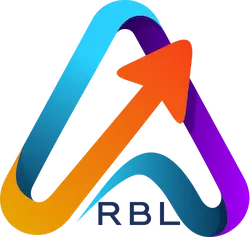After the sugarcane stalks are crushed to extract the juice for sugar manufacturing, a fibrous residue called bagasse is left behind. It is a valuable byproduct of the sugarcane industry and finds applications in the agriculture sector. Here is some information about bagasse in the agriculture sector:
1. Animal Feed: Bagasse can be used as a feed ingredient for livestock, particularly ruminants like cattle. It is rich in fiber and can serve as a source of roughage in their diet. However, bagasse should be properly processed to improve its nutritional value and reduce its lignin content, which can limit its digestibility.
2. Bedding Material: Bagasse can be used as bedding material for animals, including poultry and livestock. Its fibrous nature provides a comfortable and absorbent bedding surface, helping to maintain hygiene and reduce odor.
3. Mushroom Cultivation: Bagasse is widely used as a substrate in the cultivation of mushrooms, such as oyster mushrooms. It provides a nutritious base for mushroom growth and helps retain moisture.
4. Composting: Bagasse is an excellent carbon-rich material for composting. When mixed with nitrogen-rich materials like manure or green waste, it helps create a balanced compost mixture that promotes microbial activity and nutrient cycling. The resulting compost can be used as organic fertilizer in agriculture.
5. Soil Erosion Control: Bagasse can be used in soil erosion control measures. It can be applied as a mulch to protect the soil surface from erosion caused by wind or water. Bagasse mulch helps retain moisture, reduce weed growth, and protect young plants during their establishment phase.
6. Bioenergy Production: Bagasse is a potential feedstock for bioenergy production. It can be burned to generate heat and electricity or converted into biofuels like ethanol. Many sugarcane mills utilize bagasse as a renewable energy source to meet their own energy needs and even export surplus electricity to the grid.
7. Paper and Packaging: Bagasse fibers can be processed to produce pulp, which is then used to make paper and packaging materials. Bagasse-based paper products are considered eco-friendly alternatives to conventional wood-based paper since they utilize agricultural waste instead of trees.
8. Horticulture and Gardening: Bagasse can be used as a growing medium in horticulture and gardening. It is mixed with other materials like peat moss, vermiculite, or perlite to create a lightweight and well-draining potting mix for container plants.
9. Biodegradable Products: Bagasse-based products, such as plates, bowls, cups, and food containers, have gained popularity as eco-friendly alternatives to plastic and Styrofoam. These products are biodegradable and compostable, reducing their environmental impact.
Your trusted bagasse supplier — dedicated to sustainability and innovation. We promote bagasse as an eco-friendly alternative to traditional materials, offering high-quality products for diverse industries.
Opp. Balaji Temple, Rahuri, Maharashtra. India.
Phone: +91 775 684 1124
E-mail: sales@bagassesupplier.com
Website: www.bagassesupplier.com/
COPYRIGHT © RUNTOWN BUSINESSES LLP. ALL RIGHTS RESERVED.
